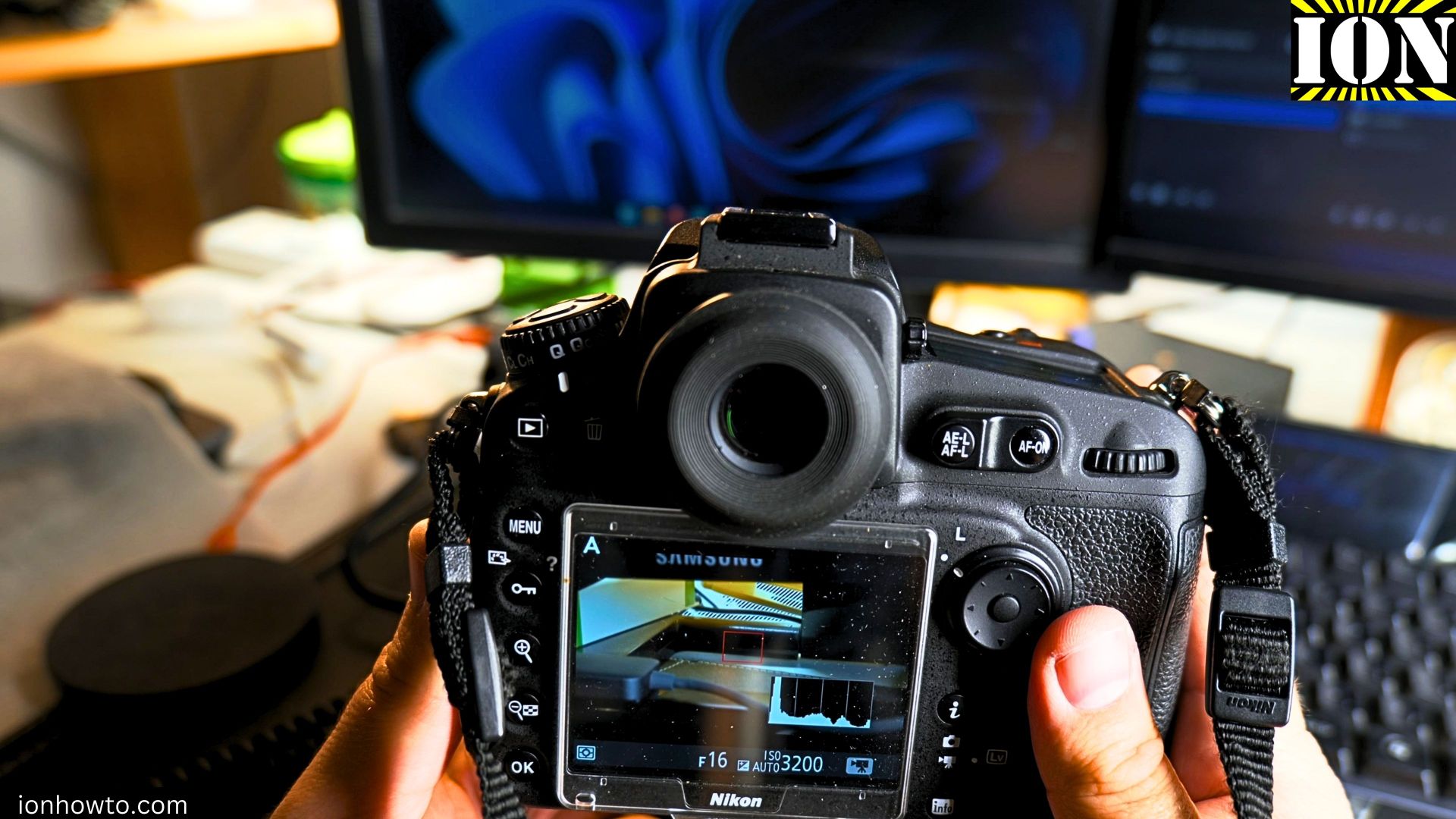Category: Camera Gear

How to Update Your Nikon D810 DSLR Camera Firmware
How to Update Your Nikon D810 DSLR Camera Firmware. As an Amazon Associate I earn from qualifying purchases. I’ll show you how to update the firmware on a Nikon D810, but these steps are similar for most Nikon DSLR cameras. Why Update Your Camera’s Firmware? Firmware updates often fix bugs, add new features, or improve…

Kiev 4 Film Camera Maintenance and Restoration Guide
Kiev 4 Film Camera (1968) – Maintenance and Restoration Guide. Cleaning and maintaining this classic Soviet-era rangefinder camera. Camera Specifications Initial Inspection Body Check Lens Assessment Cleaning and Maintenance Guide Camera Body Cleaning Lens Cleaning Process Light Seal Inspection Film Loading Guide Loading Film Using the Camera Controls Essential Controls Rangefinder Operation Common Issues Mechanical…

Nikon DK-17M Magnifying Eyepiece and DK-19 Rubber Eyecup Installed
Installing Nikon DK-17M Magnifying Eyepiece and DK-19 Rubber Eyecup If you need a better viewfinder on your Nikon camera, the DK-17M magnifying eyepiece and DK-19 rubber eyecup are excellent additions.I will show you the installation process step by step. Compatible Cameras This setup works with Nikon cameras featuring the round screw-in viewfinder eyepiece, including: Before…

AGI 1TB MicroSD vs Sandisk Extreme Pro SD Card
AGI 1TB MicroSD vs Sandisk Extreme Pro SD Card PC MicroSD Speed Test AGI 1TB vs Sandisk Extreme Pro SD Card. Unboxing the AGI MicroSD Card Using a Kingston SD card reader and the AGI microsd to SD card adapter from Agi. Speed Tests In the video, I share my first impressions of the AGI…

Duct Tape vs Gaffer Tape vs Cloth Tape
Duct Tape vs Gaffer Tape vs Cloth Tape Cloth tape: Cloth Tougher Tape HPX 6200Strong cloth tape duct tape HPX 6200.Tougher tape or stronger tape made by HPX that is easy to tear by hand. Duct Tape: 3M Duct tape I bought from Lidl Gaffer Tape: HPX Gaffer TapeLabel information:Gaffer tape product code HPX GB5025EAN…

SanDisk Extreme Pro 200MBs vs 95MBs Speed Test
SanDisk Extreme Pro 200MBs in Kingston MobileLite Plus SD Card Reader speed test. Fastest third-party card reader speed tested. Reaches 150MB/s write speed and 185MB/s read speed. Sandisk extreme pro 200mb vs 95mb speed test in third-party reader. Compare Sandisk Extreme Pro200MB/S with Extreme Pro 95MB/S SD card fake or original text printed on SD…

Do it Yourself headphones holder stand
Do it Yourself headphones holder stand.Keep headphones organized on your desk at home or at work. You can make a DIY headphone stand for $1 or even for free if you have a DIY clamp sitting around unused. This life hack trick is very simple, use a DIY clamp to hold the headphones. Attach rhe…

What’s in my bag YouTuber essential gear
What’s in my bag YouTuber essential gear for making videos on YouTube. As an important note, you can use your phone for everything except audio. In some cases even your phone is great to record sound. We used our phones for a long time to record many of the videos on our channels. The most…

Panasonic Lumix S5 Autofocus Tests
Panasonic Lumix S5 Autofocus tests using object area AF area and people autofocus. Tests bellow were performed using the Lumix S5 camera and with the kit lens S 20-60 f3.5-5.6. Autofocus set to AFC continuous. Autofocus with object area autofocus. Object detection autofocus and vlogging Testing Lumix S5 autofocus object area AF. Face and body…

Panasonic Lumix S5 codecs compared zoomed in
Panasonic Lumix S5 codecs compared zoomed in for details and color. Recording in all 30fps or 30p and 24p or 24fps. Recording in 60p NTSC frame rate 59.94. All recordings done indoor in a home environment with natural sunlight. All recordings made in NTSC formats 59.94 for 60p, 29.97 for 30p and 23.98 for 24p.…









